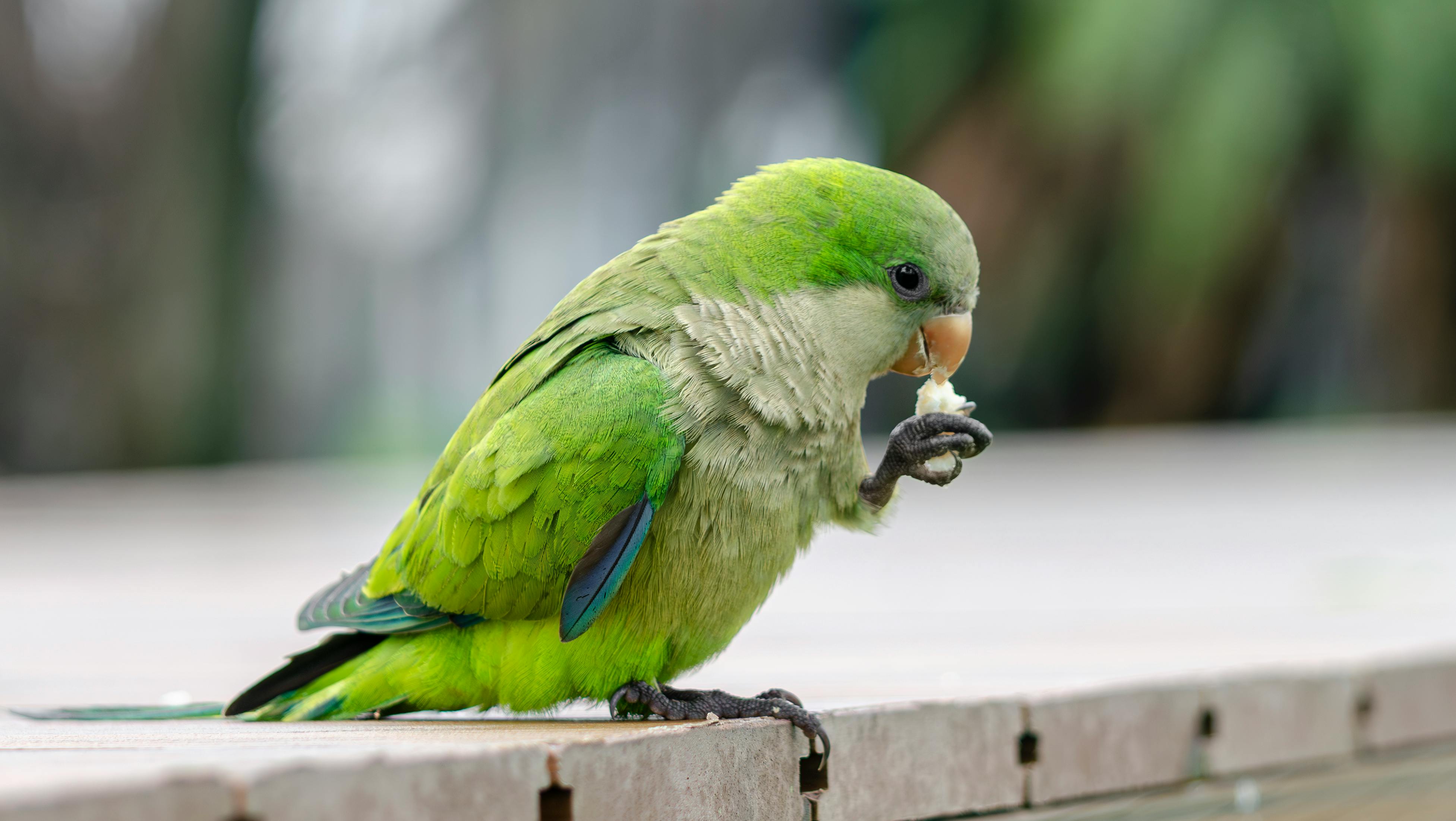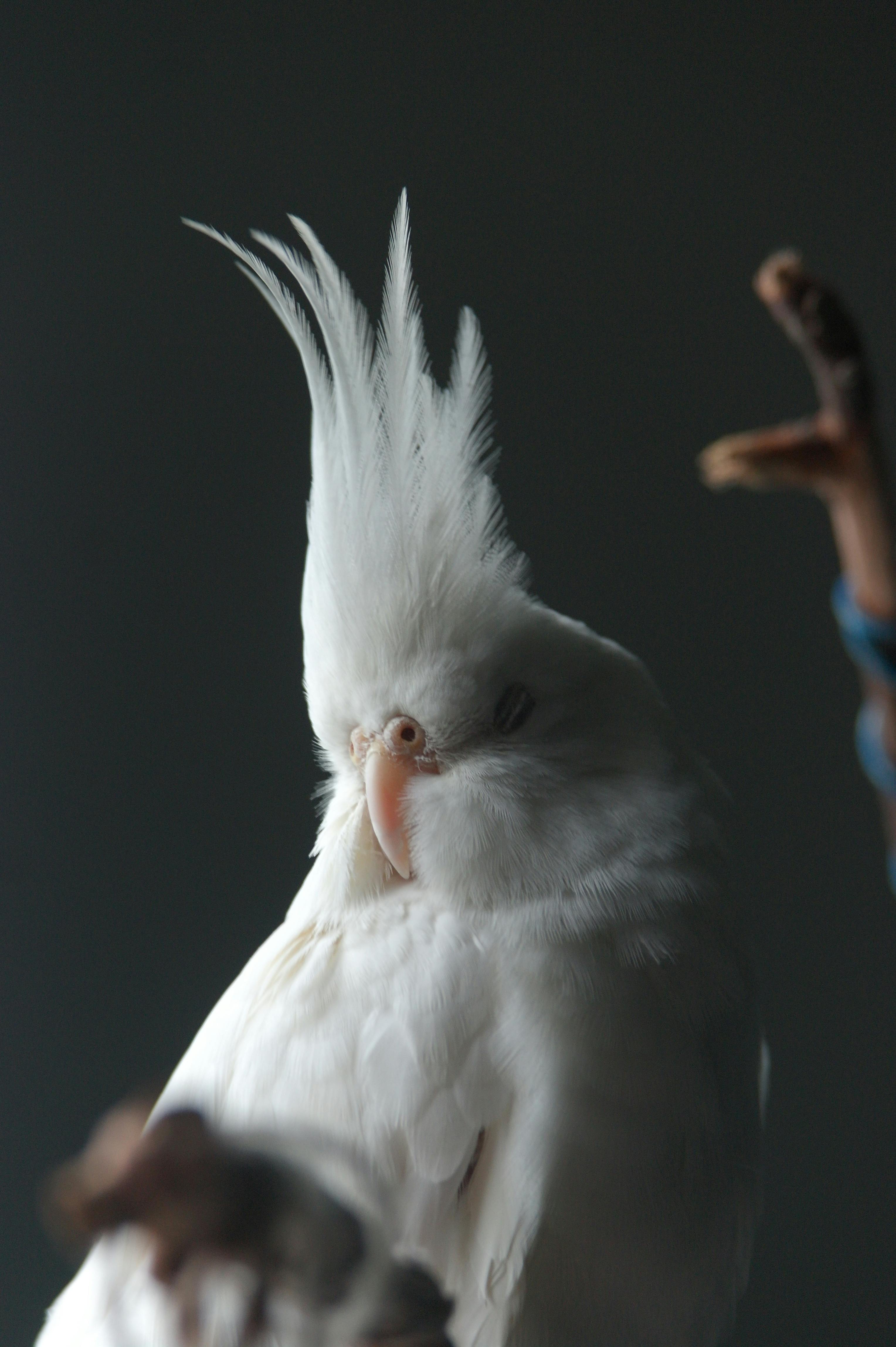Effective Ways to Manage Hamster Poop in 2025
When it comes to pet hamster care, managing hamster poop efficiently is crucial for both the health of your furry friend and the cleanliness of their living environment. Proper handling of hamster waste not only prevents unpleasant odors but also promotes a healthy habitat. Understanding hamster behaviors and creating a hygienic living space contributes to their overall well-being. In this article, we'll explore effective cleaning strategies, signs of a healthy hamster related to their waste, and best practices for maintaining a clean environment while enjoying the companionship of these small pets.
We'll also discuss hamster diets that influence their waste production, along with essential pet hygiene practices. Get ready to delve into the world of hamsters and improve your cleaning routines while ensuring their health and happiness!
Understanding Hamster Waste and Its Types
Before delving into management techniques, it’s important to familiarize yourself with the different types of hamster poop. Healthy hamster droppings are generally small, round, and firm. Changes in the consistency or color of hamster poop can indicate health issues and should not be overlooked. For example, soft or wet droppings may symbolize dietary problems or digestive issues, while abnormal colors can signify serious health concerns.
Frequent monitoring of your hamster's waste helps in evaluating their health. Observing their habits can lead to early detection of problems such as dehydration or parasites. Regular cleaning routines play an essential role in ensuring your hamster's living environment is healthy and smell-free. Let's explore these cleaning methods and their significance further.
Signs of Healthy vs. Unhealthy Hamster Droppings
To ensure the health of your pet hamster, observing their droppings is key. A healthy hamster's poop should be small, firm, and dark-colored. If you notice any significant changes, it could indicate underlying health issues. For instance, if your hamster's waste turns yellow or green, it could mean there’s a dietary imbalance or an illness at play.
Additionally, paying attention to the frequency of droppings can provide insights into their health. A sudden decrease or increase in feces could suggest the need for a diet adjustment or vet visit. Remember, monitoring their behavior alongside waste observations is essential for a complete picture of their well-being. Now that we understand hamster waste, let’s discuss effective cleaning techniques that can help maintain a healthy environment.
Effective Strategies for Cleaning a Hamster Cage
Establishing a regular cleaning routine is crucial for pet hamster care. A clean cage not only promotes hamster health but also improves overall hygiene in your home. Let’s look at some effective strategies tailored for hamsters and how to implement them efficiently.
How Often to Clean Your Hamster Cage
Regular cage cleaning is an integral part of hamster care. Ideally, you should spot clean your hamster's enclosure daily, removing any visible droppings and uneaten food. However, a full cage cleaning should occur at least once a week to maintain optimal hygiene. A thorough cleaning involves replacing bedding, washing all removable surfaces, and ensuring that your hamster's habitat is fresh and free of odors.
When planning a full clean, ensure you have all the necessary supplies ready such as safe cleaning products and fresh bedding to keep the process smooth. Always allow your hamster a temporary safe space while you clean to prevent stress. Let’s now look at safe cleaning products you can use in your hamster's habitat.
Safe Cleaning Products for Hamsters
When choosing cleaning products for your hamster's environment, it’s crucial to prioritize their safety. Opt for eco-friendly and non-toxic cleaners that won’t harm your pet. Dilution is key for any cleaning solutions you use; always rinse surfaces thoroughly to ensure no residual chemicals remain.
Vinegar and baking soda are great natural alternatives that can effectively eliminate odors and bacteria without harming your hamster. By using these safe cleaning products, you not only maintain hygiene but also safeguard your pet's health. Now that you’ve cleaned their cage, let's address common odors associated with hamster habitats.
Preventing Odors in Hamster Houses
After cleaning, many hamster owners struggle with lingering odors in their pet's enclosure. It's essential to tackle this challenge with a few well-planned strategies that keep their living space fresh.
Choosing the Right Bedding Materials
The type of bedding you use can significantly impact the smell of your hamster’s cage. Opt for absorbent, natural bedding such as aspen shavings or paper-based products, as these materials help to contain odors and absorb moisture effectively. Avoid cedar or pine shavings, which can release harmful oils and trigger respiratory issues in hamsters.
Regularly replacing bedding and conducting spot cleaning can also minimize odors. It’s a good practice to establish a routine to maintain the freshness of their habitat. Now let’s discuss tips for hamster feeding that can influence their waste and odor levels.
Diet Choices Affecting Hamster Waste
The food your hamster eats can have a direct influence on their poop and overall smell. Providing a well-balanced diet with quality hamster pellets supplemented with healthy snacks like fruits and vegetables can promote better digestion and less odor. Foods high in fiber help keep droppings firm and less odorous.
Ensure any food offered is fresh, and monitor your hamster's reactions to new items. Sudden dietary changes can upset their digestive system, leading to issues with waste. Understanding the correlation between diet and waste can help you maintain a cleaner environment for your pet and prevent common issues. Let’s look at additional animal care tips to enhance hamster hygiene.
Additional Animal Care Tips for Hamsters
As we delve deeper into hamster care, maintaining hygiene goes beyond just waste management. Here are some comprehensive strategies to enhance your hamster’s overall living conditions.
Caring for Hamster Habitats
Your hamster's habitat should reflect their natural environment while ensuring comfort and safety. Creating a stimulating space with safe toys, tunnels, and climbing structures is essential for their physical and mental health. Regularly inspect their habitat for any potential hazards, such as loose materials or sharp edges, to prevent injuries.
Additionally, monitoring their behavior and health can alert you to any changes that may require attention. Establishing a consistent hamster care routine reinforces a sense of security in your pet. Now, let's consider signs that might indicate a need for professional intervention.
Signs of a Sick Hamster
Being attentive to your hamster’s habits and waste patterns can provide insight into their health. If you notice changes such as lethargy, refusal to eat, or abnormal droppings (like watery or excessively hard feces), it may be time to consult a vet. Early detection of health issues can significantly impact their recovery and overall quality of life.
By routinely observing and understanding your hamster's normal habits, you can catch potential health concerns before they escalate. This proactive approach ensures that not only is their living space clean, but also their health is prioritized. To further enhance your hamster care practices, we’ll finish with a look at the different types of hamsters and their specific needs.
Understanding Different Types of Hamsters and Their Needs
Recognizing the various breeds of hamsters is essential, as each may have unique care requirements and behavioral traits. This understanding can guide your approaches to cleaning and caring for these animals more effectively.
Identifying Popular Hamster Breeds
Common hamster breeds include Syrian, Roborovski, Campbell's dwarf, and Winter White dwarf hamsters. Each breed has distinct characteristics, from size to social tendencies. For example, Syrian hamsters are typically solitary, while dwarf hamsters can often be social in small groups. Knowing these traits will help you manage their living conditions appropriately.
Tailoring care routines to fit specific behavioral needs, including cleaning schedules and habitat setups, contributes to a healthier environment for your pet. Understanding your hamster’s behaviors and bonding through interactive play can enhance their quality of life significantly. So, before bringing home a pet, be sure you understand what each breed requires!
Conclusion: Promoting Health and Hygiene in Hamster Care
Effective management of hamster poop and waste is a key aspect of caring for your pet. By understanding the types of droppings, establishing regular cleaning routines, and recognizing signs of health issues, you’ll create an ideal living environment for your furry friend. Maintaining strong hygiene practices and adapting to your specific hamster's needs are essential for their well-being.
Additionally, always remember the importance of choosing the right diet and surroundings to facilitate proper health and prevent illness. By following these pet care strategies, you will both understand and nurture the happiness of your little companion, ensuring they thrive in their habitat!

 ```
``` 